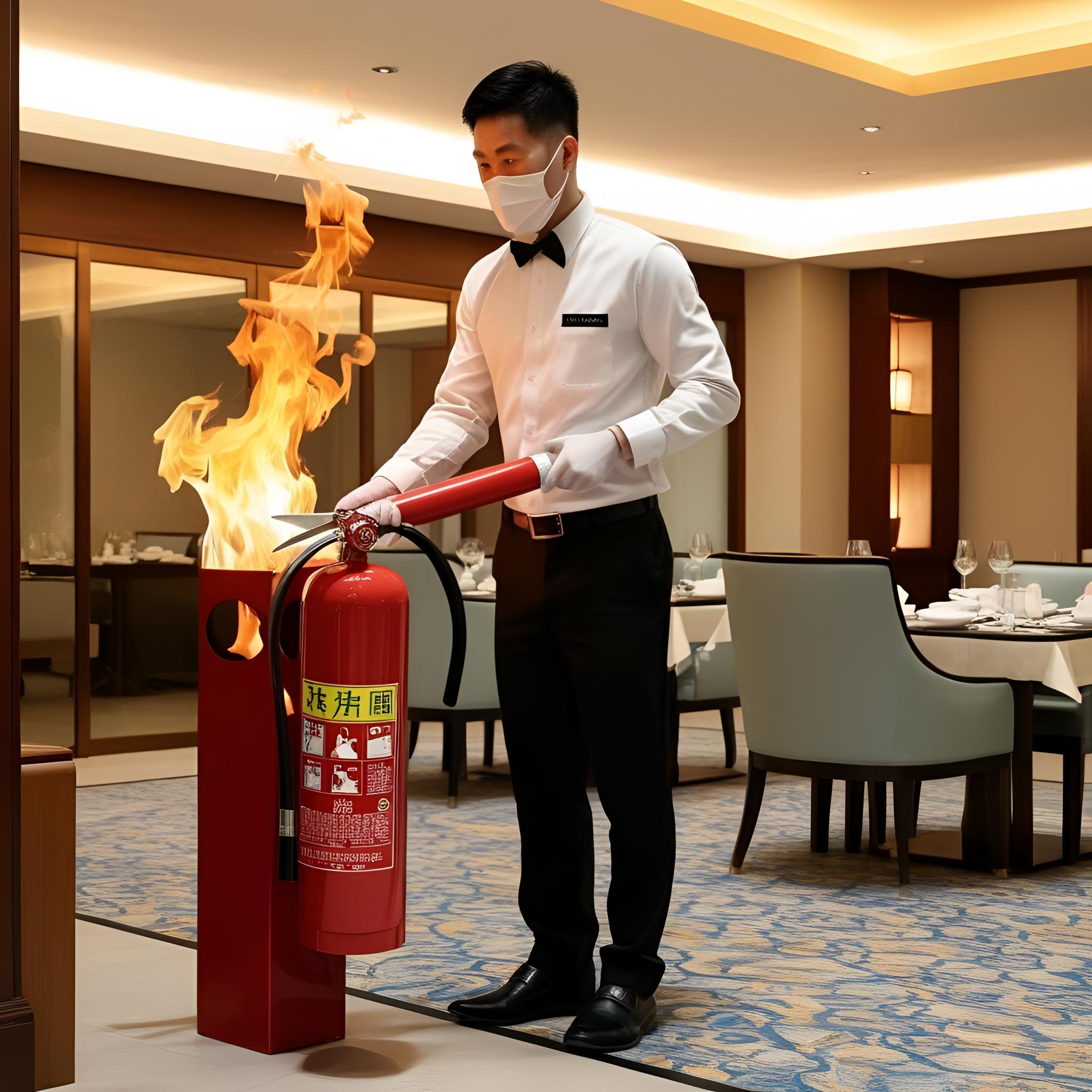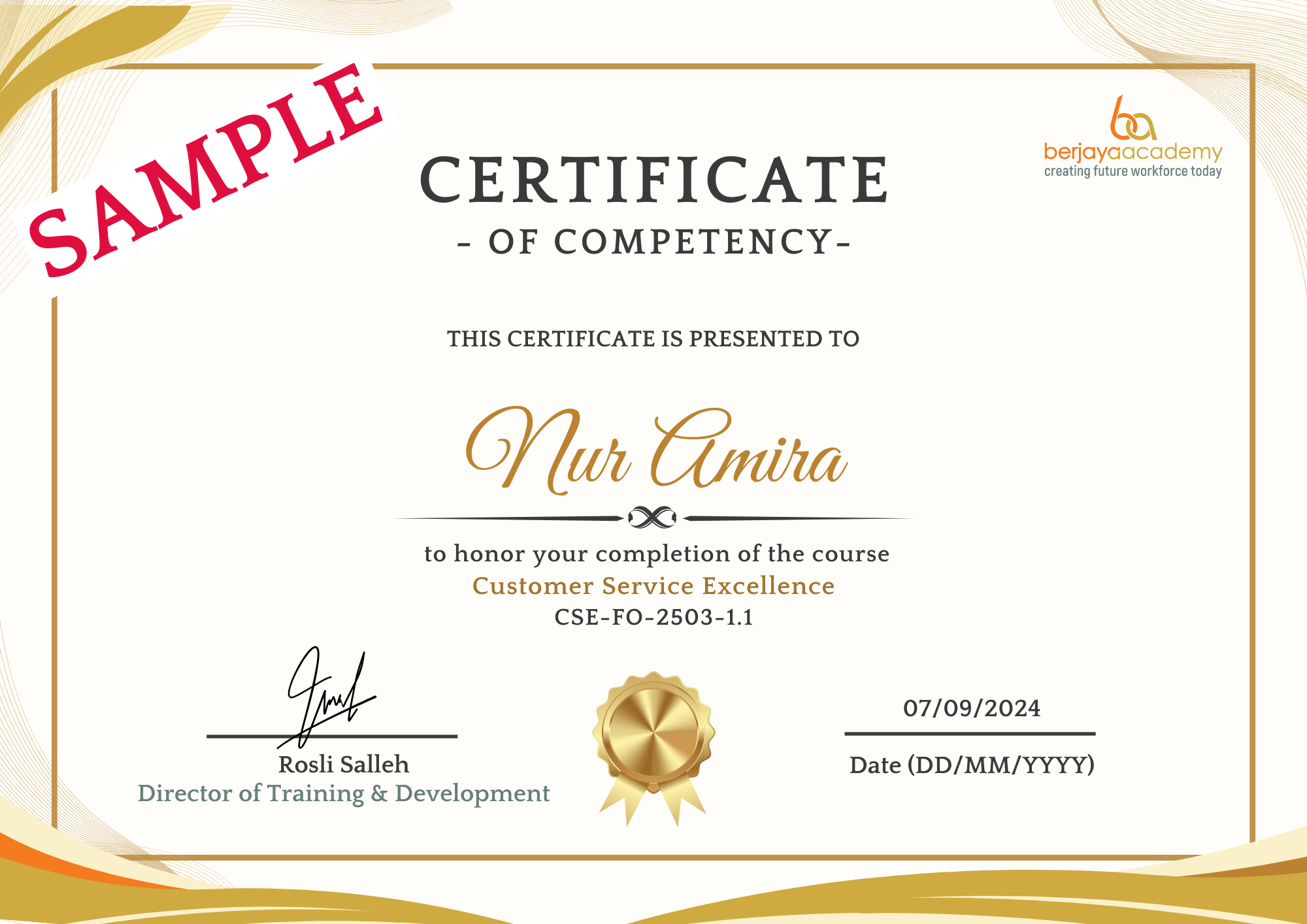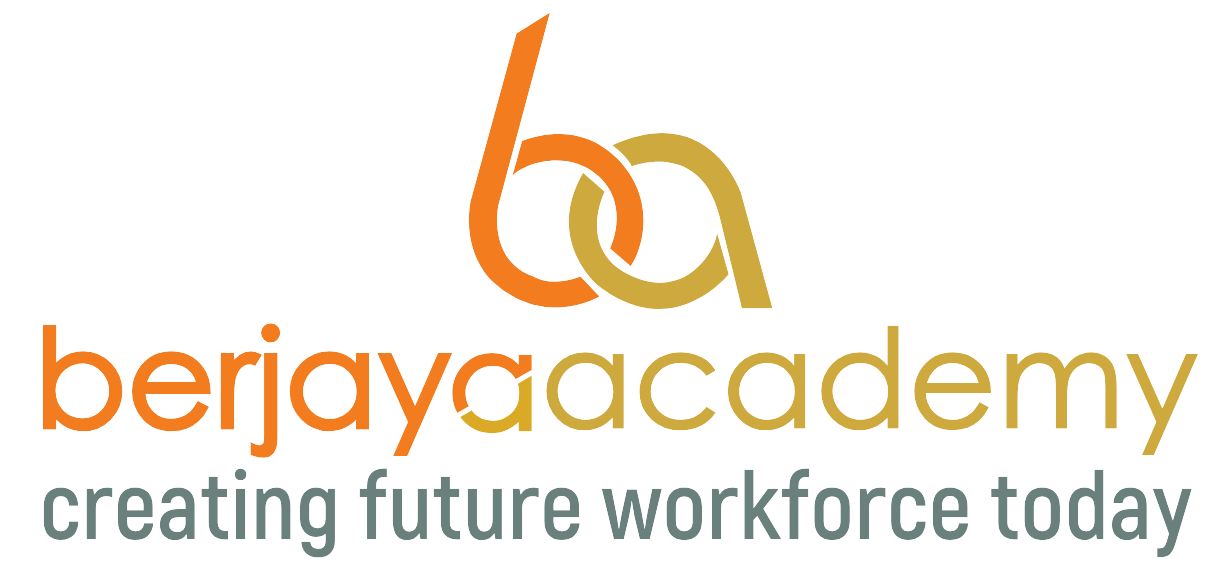
Course Details
Course Title: Fire Safety and Emergency Preparedness
Course Code: FSEP-FB-2503-1.1
Course Accreditation
Accreditation Type: Certificate of Competency
Course Duration
Total Course Hours: 8 hours (1 day)
Course Fee
Total Course Fee: S$180/pax
Funding Available (If Applicable):
- Training Industry Professionals in Tourism (TIP-iT)
- NTUC Company Training Committee (CTC) Grant
Summary
Topics:
- Fire prevention practices in kitchen operations.
- Fire prevention practices in kitchen operations.
- Correct use of fire extinguishers and fire suppression systems.
- Evacuation procedures tailored for F&B settings.
Safety and Security Aspect:
- Reduces fire risks and ensures safe evacuation during emergencies.


Learning Objectives and Learning Units for Fire Safety and Emergency Preparedness
Learning Objectives:
By the end of this course, learners will be able to:
- Implement effective fire prevention practices to minimize the risk of fires in kitchen operations.
- Correctly use fire extinguishers and fire suppression systems to contain and extinguish fires.
- Demonstrate proficiency in evacuation procedures tailored specifically for F&B settings, ensuring the safety of all employees and guests during emergencies.
Learning Units:
Unit 1: Fire Prevention Practices in Kitchen Operations
- Understanding common fire hazards in kitchen settings (e.g., grease fires, electrical hazards, flammable materials)
- Best practices for maintaining clean and safe kitchen environments (e.g., cleaning grease traps, proper disposal of waste)
- Identifying and managing fire risks related to cooking equipment (e.g., stovetops, ovens, fryers)
- Preventing electrical fires by ensuring proper wiring and equipment maintenance
- Importance of regular inspections and maintenance of fire prevention systems (e.g., smoke alarms, fire doors)
- Establishing safe cooking and heating protocols to reduce fire hazards
Unit 2: Correct Use of Fire Extinguishers and Fire Suppression Systems
- Types of fire extinguishers and their appropriate use (e.g., water, foam, CO2, dry powder)
- Step-by-step procedure for using a fire extinguisher (PASS technique: Pull, Aim, Squeeze, Sweep)
- Overview of fire suppression systems in kitchens (e.g., automatic sprinkler systems, kitchen hood fire suppression)
- Regular maintenance checks and servicing of fire extinguishers and suppression systems
- Practical demonstration of using a fire extinguisher and activating fire suppression systems
- Training on handling chemical or electrical fires and selecting the right fire extinguisher
Unit 3: Evacuation Procedures Tailored for F&B Settings
- Importance of clear and well-communicated evacuation procedures in case of fire or other emergencies
- Tailoring evacuation plans for different F&B environments (e.g., kitchens, dining areas, bars)
- Identifying and designating evacuation routes, emergency exits, and assembly points
- Procedures for safely evacuating guests, kitchen staff, and other personnel during a fire emergency
- The role of fire wardens and emergency responders in F&B settings
- Training on guiding guests and staff through evacuation procedures calmly and efficiently
- Post-evacuation checks and reporting protocols
